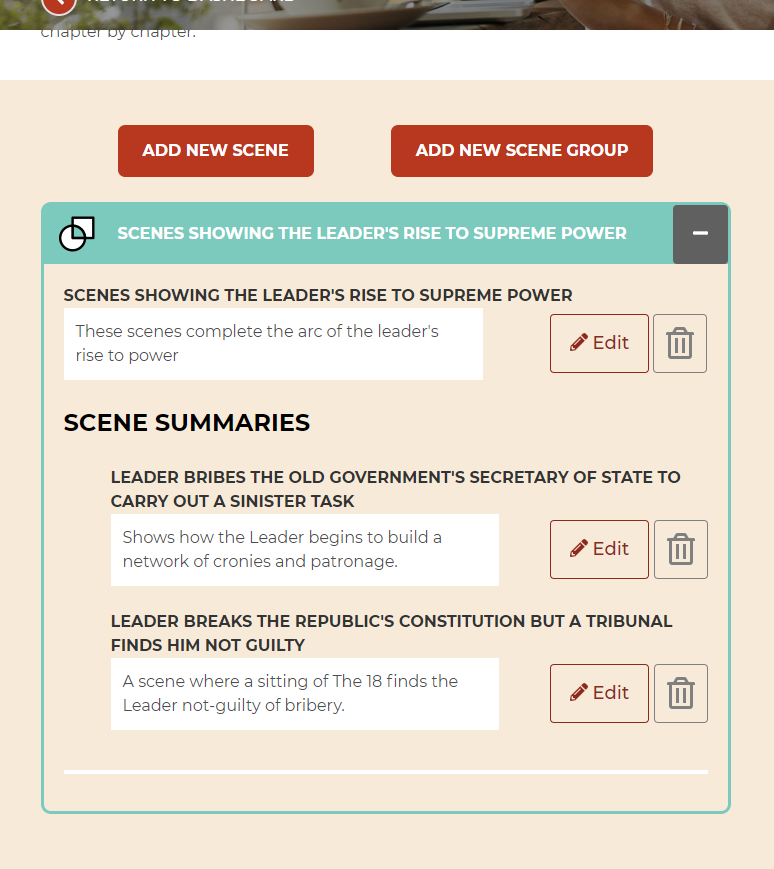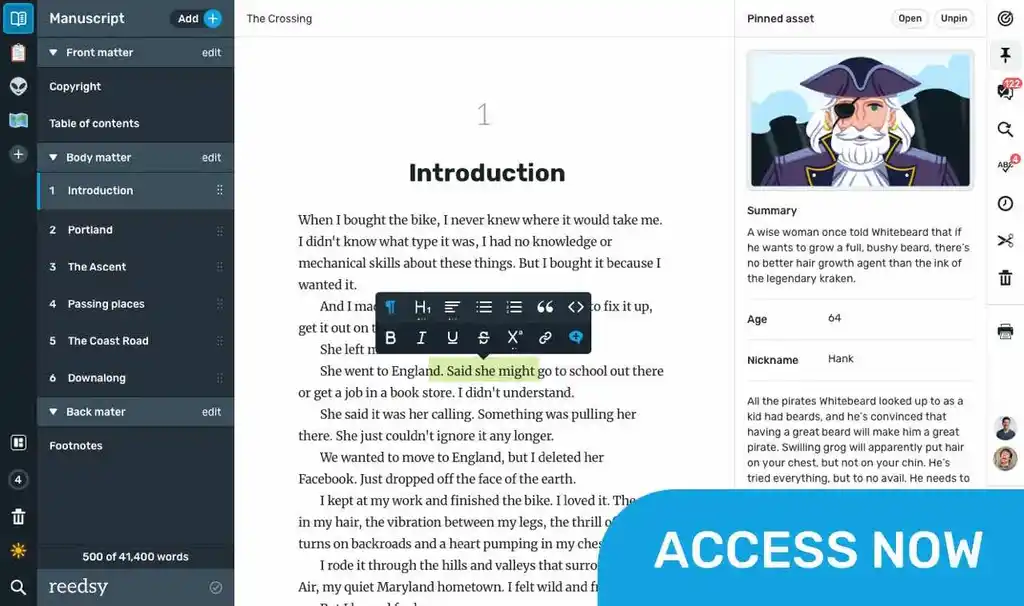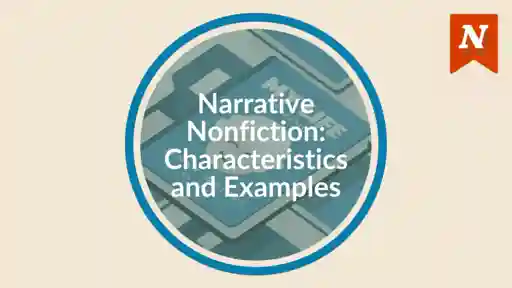As in memorable music where each note feels carefully considered, many great books have a strong sense of underlying purpose. How do you write with purpose and direction? Here are 7 ways to keep drafts focused:
7 ways to main your draft's focus:
- Use a flexible outline
- Write the last lines first
- Write a scene's purpose statement
- Use shorthand to avoid getting lost in detail
- Identify themes and scene groups before you revise
- Create purpose through tone and mood
- Get constructive feedback
1. Use a flexible outline
A story outline is more than a plan for what will happen. It's a condensed statement of purpose. It sets out, in miniature, why each event will happen.
There are many reasons why an outline may help you write with purpose:
- You'll have thought in advance of key story matters, such as why characters want and do what they do (motive)
- You'll have an idea of where incidents take place, and what possibilities (or limitations) they add
- And you'll have started working out the incidents of your story, both on the page and in your subconscious mind
Remember that outlines can be flexible. You can tweak your outline as you write, adding in summaries of new scenes, characters and developments. This way you'll have a living outline that adapts and changes as drafting brings you new discoveries.
[Try Now Novel's story dashboard for a structured, easy, step-by-step outlining process.]
2. Write the last lines first
What if outlining just isn't for you? There are many ways to write with purpose.
If you know the potential outcome of a scene or chapter, try writing the last lines first.
For example, in Dostoevsky's Crime and Punishment, at the end of the first chapter the troubled protagonist Raskolnikov meets a drunken man in a bar.
Had Dostoevsky performed an exercise like this, he may have written:
There was another man in the room who looked somewhat like a retired government clerk. He was sitting apart, now and then sipping from his pot and looking round at the company. He, too, appeared to be in some agitation.
Fyodor Dostoevsky, Crime and Punishment, translated by Constance Garnett (p. 8)
Having final lines like these would give writing the preceding chapter a sense of direction from the start. It might give you ideas such as:
- Showing why Rodion ends up in a bar
- Why he (like the drunk man he meets) is in a 'state of agitation'
You may have a scene or chapter in mind that ends on a new character's introduction yourself. Try this exercise and see if it helps to give your chapter direction and focus from the outset.
3. Write a scene's purpose statement
Purposeful writing has an underlying sense of intent.
In academic essay writing, a paper typically begins with a 'thesis statement'. This is an introductory paragraph (or paragraphs) laying out the 'scope' of the paper - the breadth of information it will cover, and what it intends to investigate or argue.
Writing a 'thesis statement' (a statement of purpose) for a chapter or scene before you draft it is a great way to start writing a section of your story with purpose.
An example:
In this chapter the protagonist will learn shocking new information that will force them to make a difficult choice between family loyalty and their own personal ambitions.
Beginning with an idea of a scene's purpose reins in the endless possibilities. This is useful if you often feel overwhelmed by all the possible ways your story could develop.

4. Use shorthand to avoid getting lost in detail
Besides being in touch with your own intentions, writing with purpose requires being able to keep sight of the 'big picture'.
Remember that a rough draft is just for you, and doesn't need complete polish. If you get to a part of a scene that you feel will be complex or particularly detailed (for example, a choreographed, action-heavy fight scene), use shorthand for it and come back to it later.
For example:
"Looks like trouble," she said in an undertone, turning her head over her right shoulder.
[They engage in combat. Anna is badly injured but Fay fends off the villain and manages to create a diversion until reinforcement arrives.]
Here, the shorthand in square brackets simplifies the action to key turning points and outcomes.
Using this mode of writing when you haven't figured out every twist and turn is a useful way to keep driving the story forward to key events, encounters and turning points without getting bogged down in focus-hogging detail.
5. Identify themes and scene groups before you revise
Writing with purpose is, of course, something that happens more as you progress through multiple drafts. The first may be a 'discovery' draft. You're finding the story's co-ordinates. Who your characters are, and where they go.
Once you've written a lot of your draft, take a step back and think about prominent themes.
For example, say you were writing a dystopian sci-fi novel about a tyrannical government.
You step back and see a theme such as 'evil triumphs when good people do nothing'. What scenes make this theme come through? What others could you add to develop it further?
In Now Novel's Scene Builder, you would usually use the 'Scene Group' section to group scene outlines into chapters.
Yet you can also title groups of scene by their purpose. For example, if you found you needed more scenes showing how the Leader of a tyrannical government grew his power:

6. Create purpose through tone and mood
Tone and mood are elements of writing that play an important part in shaping its sense of purpose. When the tone is light and humorous at the start of a comic essay (such as an essay by David Sedaris), we know we are reading a story whose purpose is to make us laugh, is to entertain.
When you sit down to draft a chapter or individual scene, ask:
- What is the tone of this scene and why (is it sombre, funny, mysterious, thrilling, chilling, disturbing, tragic, other?)
- How will I create this tone and an overarching mood? (What details of setting, character description, sentence structure, style will help to achieve the mood and build a sense of purpose?)
Take, for example, the opening paragraph to Margaret Atwood's excellent post-apocalyptic novel Oryx and Crake:
Snowman wakes before dawn. He lies unmoving, listening to the tide coming in, wave after wave sloshing over the various barricades, wish-wash, wish-wash, the rhythm of a heartbeat. He would so like to believe he is still asleep.
Margaret Atwood, Oryx and Crake (2003), p. 3
The purpose of this introduction - the reader meeting Snowman and the post-human, solitary land he inhabits - is furthered by the tone and mood.
There is a sense of stasis, and of natural processes continuing 'without us'. Atwood builds a sense of endless cyclical recurrance in her description of the tides using onamatopoeia (sound-words), in the 'wish-wash, wish-wash' and the 'rhythm of a heartbeat' the tides form.
Atwood uses the subjunctive mood (grammar we use to express a wish) to convey a sense of regret and introduce the dystopian element:
'He would so like to believe he is still asleep.'
The stylistic choices and the tone and mood Atwood creates support the exposition's atmosphere of a lonely yet peaceful post-apocalyptic world where natural processes continue.
7. Get constructive feedback
Feedback is one of the best tools available to learn to write with purpose.
When we write, we're often too close to the text still to see what is serving the scene, and what is not.
Constructive feedback helps you learn what parts of your story serve important aspects such as cohesion (how everything holds together) and what parts are fluff and filler.
Get feedback in Now Novel's online writing groups for free, or work with an editor for professional feedback and get a thorough report on how to improve your story's focus and other aspects.









